Search
Search Results
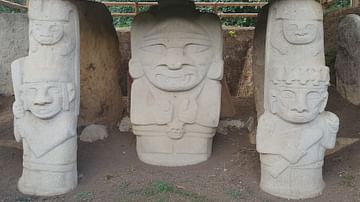
Image
Mesita B near San Agustín
Megalithic funerary statues at Mesita B near San Agustín, Huila Department, Colombia. Created c. 1st to 10th century CE.
For inclusion with article: https://member.ancient.eu/article/1433/suggested/
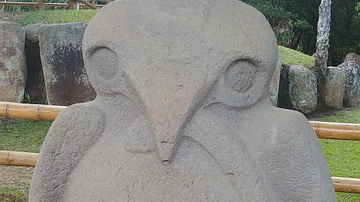
Image
Megalithic Funerary Statue at Mesita B
Megalithic funerary statue at Mesita B near San Agustín, Huila Department, Colombia. Created c. 1st to 10th century CE.
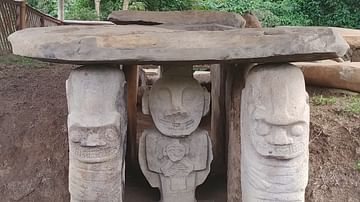
Image
Funerary Statues at Mesita B
Megalithic funerary statues at Mesita B near San Agustín, Huila Department, Colombia. Created c. 1st to 10th century CE.
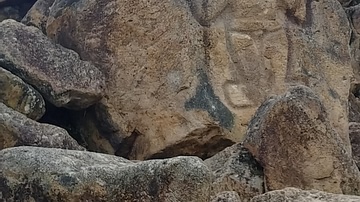
Image
La Chaquira Ceremonial Site
Carved figures at the ceremonial site referred to as La Chaquira near San Agustín, Huila Department, Colombia. Created c. 1st to 10th century CE.
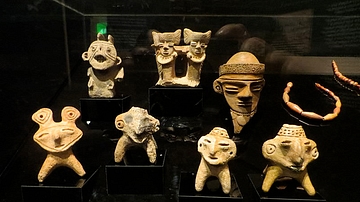
Image
Muisca Votive Offerings, Lake Guatavita
A collection of objects offered to Lake Guatavita by the Muisca tribe of ancient Colombia. Includes ceramic vessels and is now on display in British Museum, London.
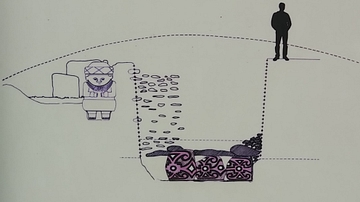
Image
Funerary Mound Cross-section, Alto de Las Piedras
Cross-section of funerary mound with tomb and megalithic statue at Alto de Las Piedras near San Agustín, Huila Department, Colombia. Mound created c. 1st to 10th century CE. For inclusion with article: https://member.ancient.eu/article/1433/suggested/...
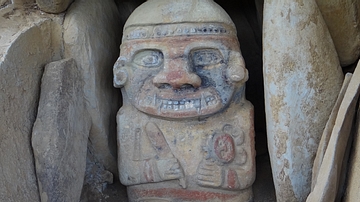
Image
Funerary Statue, El Purutal
Megalithic funerary statue at site referred to as El Purutal near San Agustín, Huila Department, Colombia. Created c. 1st to 10th century CE.
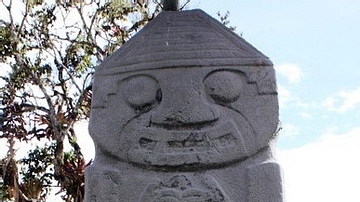
Image
El Partero Funerary Statue, Mesita B
Megalithic funerary statue referred to as El Partero at Mesita B near San Agustín, Huila Department, Colombia. Created c. 1st to 10th century CE.
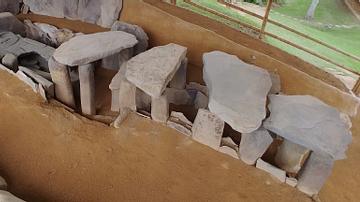
Image
Slab Tomb, Meseta A
Stone slab tomb with carved sarcophagus lid at Meseta A at Alto de los Ídolos near San Agustín, Huila Department, Colombia. Created c. 1st to 10th century CE.
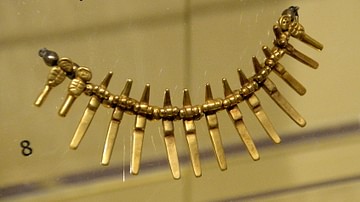
Image
Quimbaya Gold Necklace
Gold lends itself to the development of decorative techniques. Pre-Columbian pieces from South America were cast and decorated with twisted wire. From the Quimbaya civilization, Colombia, 11th to 16th century CE. (National Museum of Scotland...